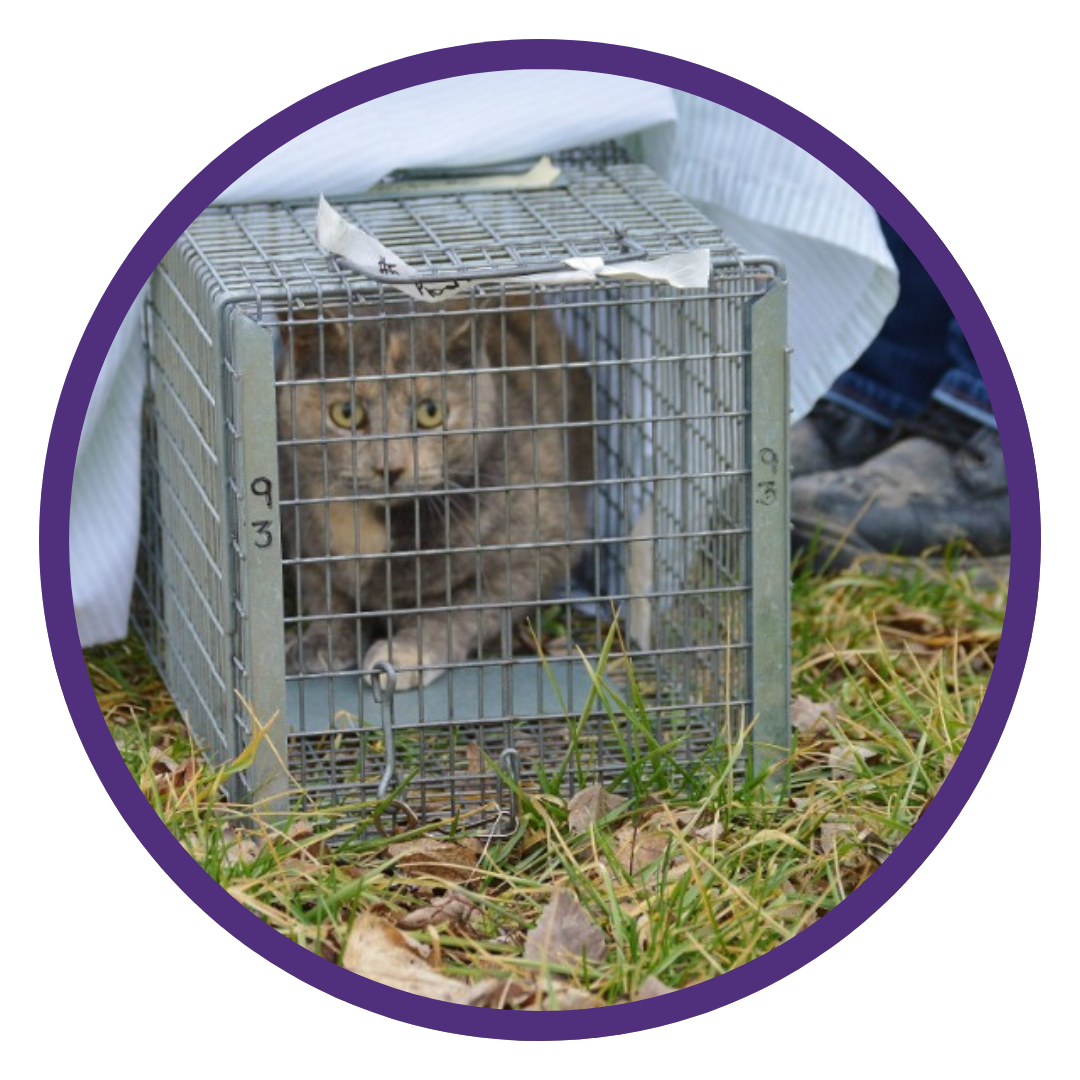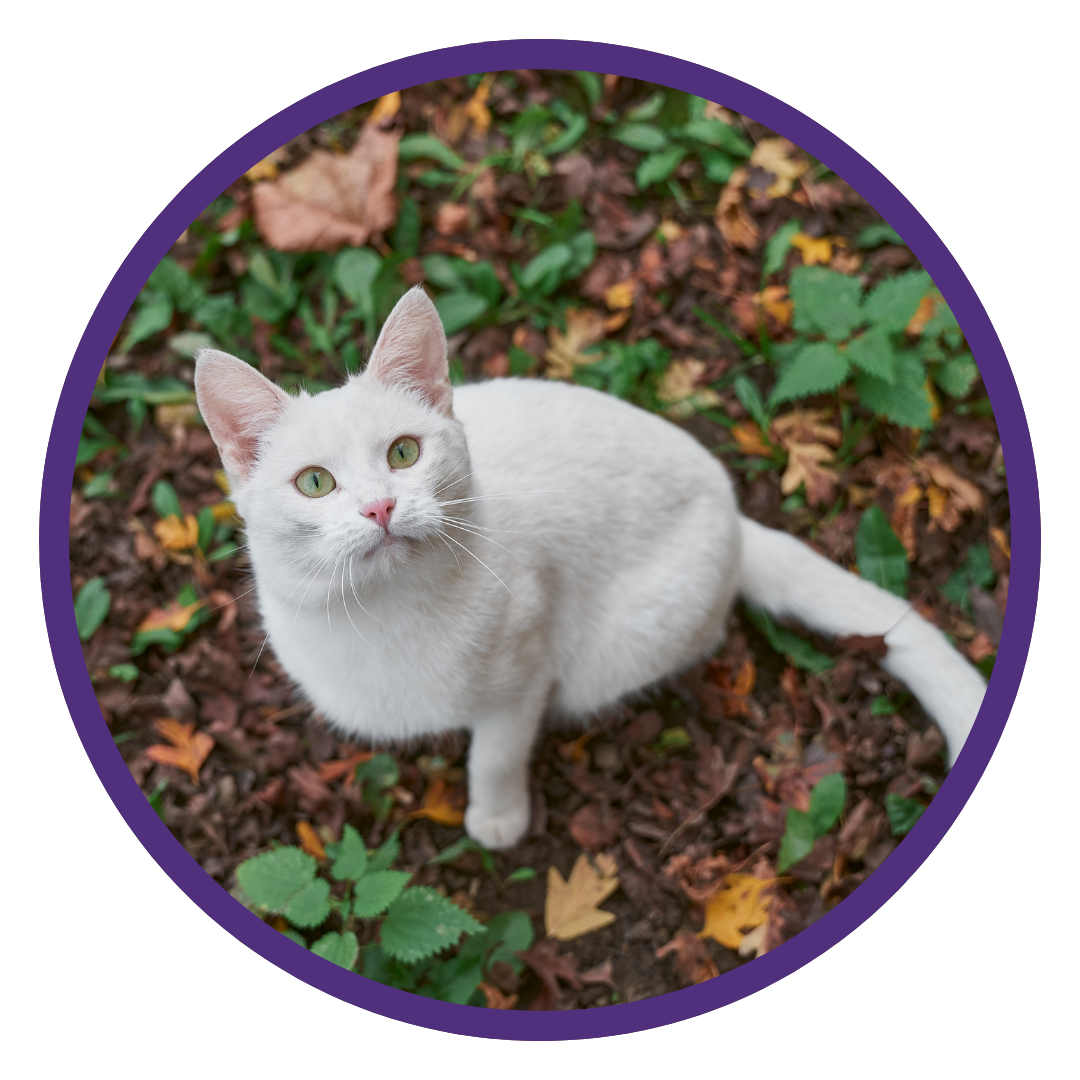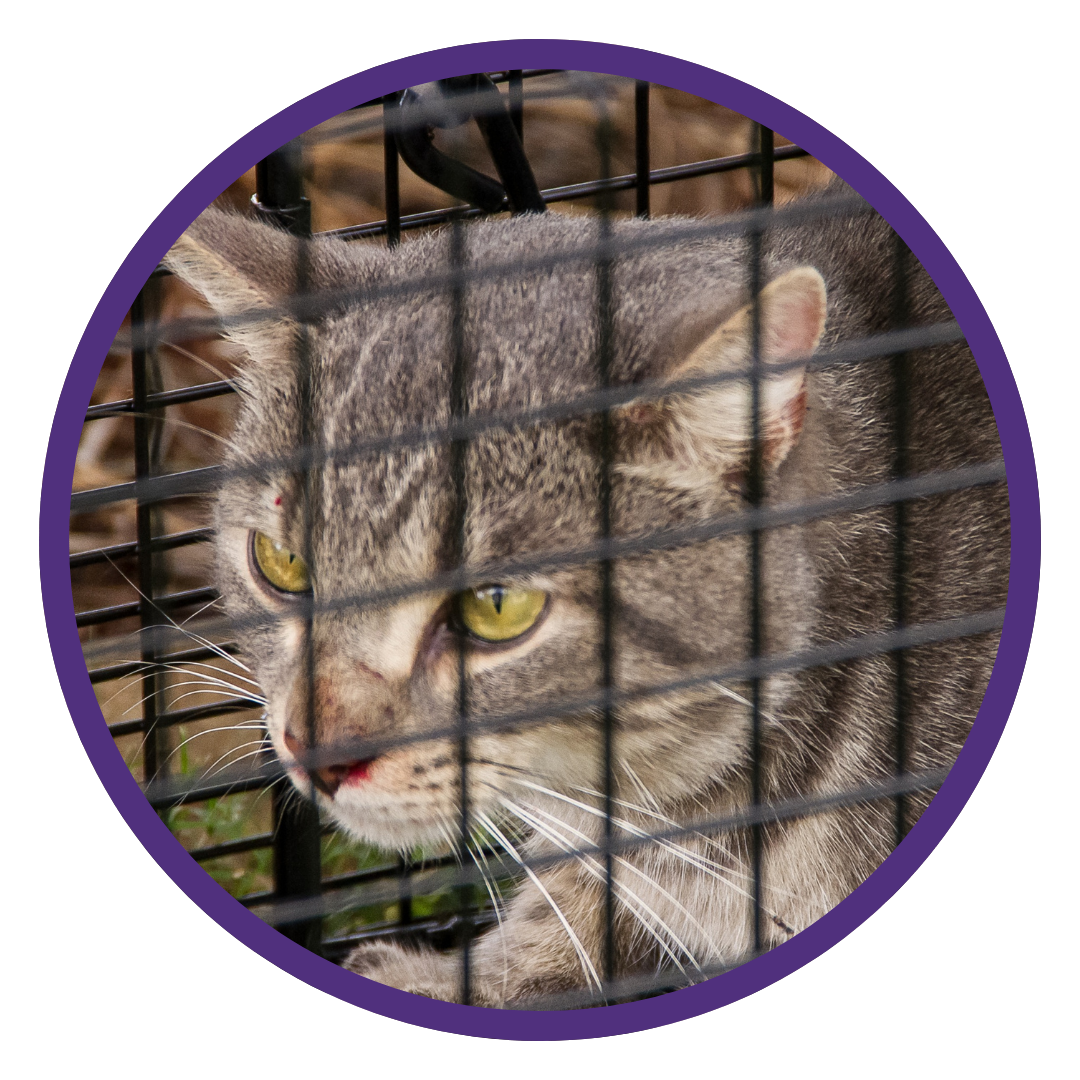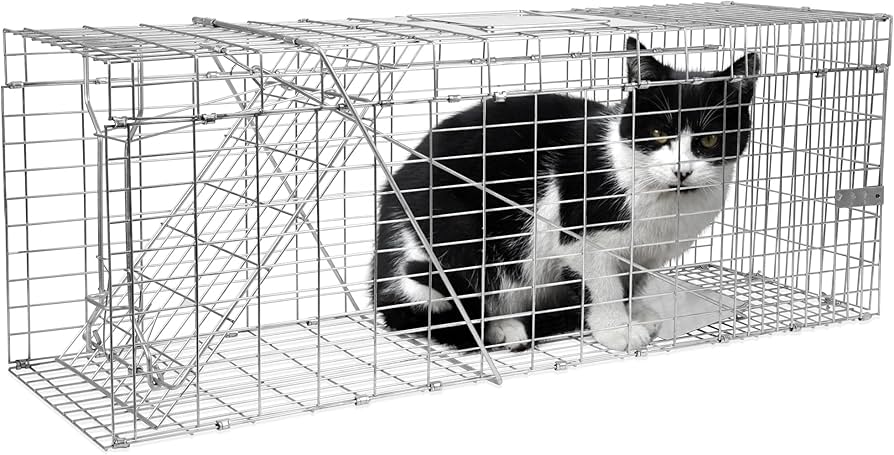BARC ANIMAL SHELTER AND ADOPTIONS
Trap Neuter Return

What is Trap Neuter Return? Trap-Neuter-Return (TNR) is a program that has been adapted nationwide. It has also been approved by the director of BARC Animal Shelter. It is a humane and effective approach in which community cats are humanely trapped, evaluated, vaccinated, sterilized, and marked by an identifying notch in the left ear, and returned to their trap location.
TNR programs help a colony size remain stable, and, over time, the colony's population size will see a gradual decrease. Most importantly, TNR addresses community concerns with growing stray populations, abandoned kittens, and injured animals within their community.
For more information regarding our City of Houston Animal Laws, please see the following link: Chapter 6 of the Code of Ordinances.
frequently asked questions
Community cat is an umbrella term that includes any un-owned cat. These cats may be “feral” (un-socialized) but friendly, both can thrive in a community. Many of these cats have been born in the wild or may be lost of abandoned pet cats. Some community cats are routinely fed by community members and consider their community their “home”
-
TNR in conjunction with community cat care practices is a path to happier communities. Once community cats have been spayed and neutered, not only does population size gradually decrease, but cats will be healthier, and co-exist more peacefully within a neighborhood. The amount of abandoned kittens will reduce and we will also see a gradual decrease in shelter intake and euthanasia. TNR is a step into creating a better Houston.
-
At BARC we allow residents to loan out traps for a period of 30 days to help get you started with your colony trapping. These traps are intended for all residents within city of Houston limits. TNR surgeries appointments are also available to approved colony managers. The surgeries are free of cost and include the spay/neuter, rabies vaccine, and ear tip cut. *Additional services are available at extra cost*
TNR colony managers serve as our on-the-ground contact, they provide food and water daily, are actively working towards spaying and neutering their community, and maintaining a healthy and thriving cat community. Citizens must be feeding in a way that does not attract wildlife, must have permission of property owner/manager if the colony is not on either their own property or on city property, and they must live inside the Houston city limits, as well as the colony.
As a Colony Manager, you are responsible for ensuring compliance with the City of Houston ordinance regarding feral and stray cats. Here’s what you need to know:
- Spay/Neuter Commitment: You must actively work to spay, neuter, and ear-notch all cats in the colony. Failure to be proactive can result in citations, even if you are a registered Colony Manager.
- Feeding Guidelines: Feed cats at set times and in a way that does not attract other wildlife (e.g., raccoons, possums). Leaving food out all day or scattering food may lead to citations if complaints arise.
- Property Permissions: You must have permission from the property owner or manager unless feeding on your own property or city property.
- Limitations of the Program: Registration does not provide legal protection against neighbor complaints, threats, or neighborhood association rules.
If being a colony manager is not an avenue you wish to embark upon, BARC is still here to offer assistance. Some options available would be:
- cat surrender appointment: https://barchouston.as.me/schedule.php?calendarID=2768566. Healthy feral cats of sufficient weight (3 lbs) will go through the SNR (Spay Neuter Release) program and be returned to the community by BARC at the address listed at time of surrender. If Friendly , she/he may be considered a candidate for adoption and remain at the shelter.
- Spay and neuter assistance is available if you wish to keep the cat as a pet. Visit www.houstontx.gov/barc/Surgery.html to learn more.
- BARC is now having open intake every Sunday from 12 –2 pm 2700 Evella St.
Get Involved & Helpful Links

Get Involved

Help, I Found a Cat!

TNR Friendly Clinics
BARC Monthly News Letter
BARC News
View BARC's recent press releases, community newsletters, and latest news.





